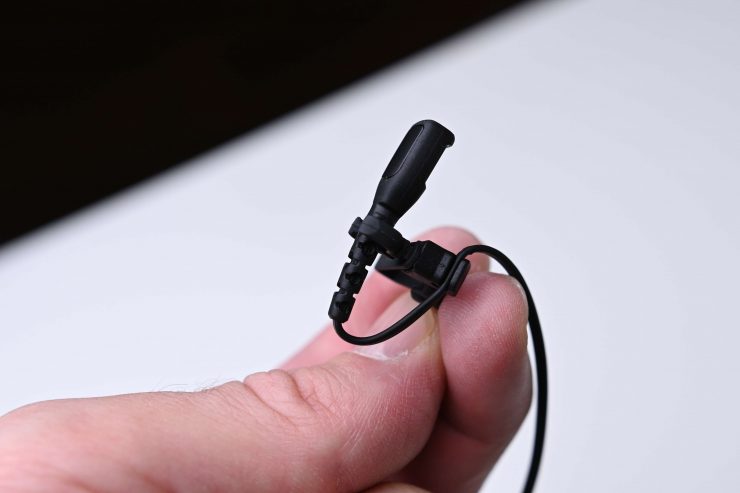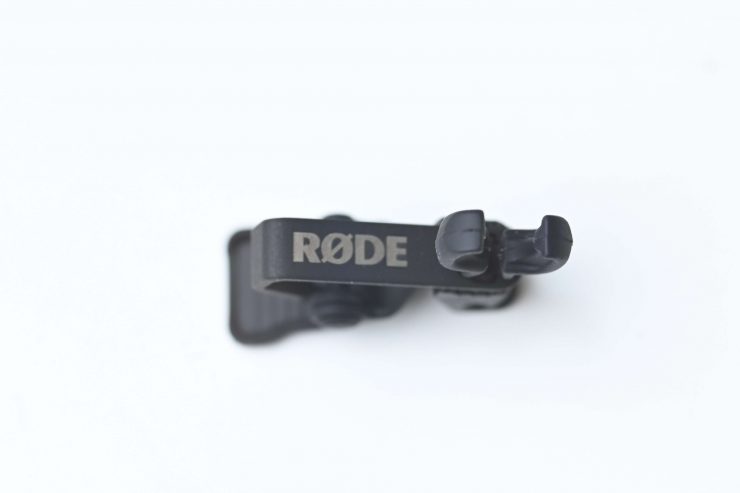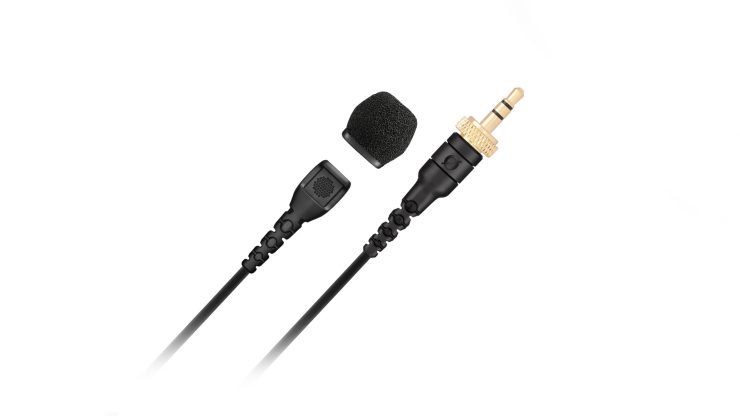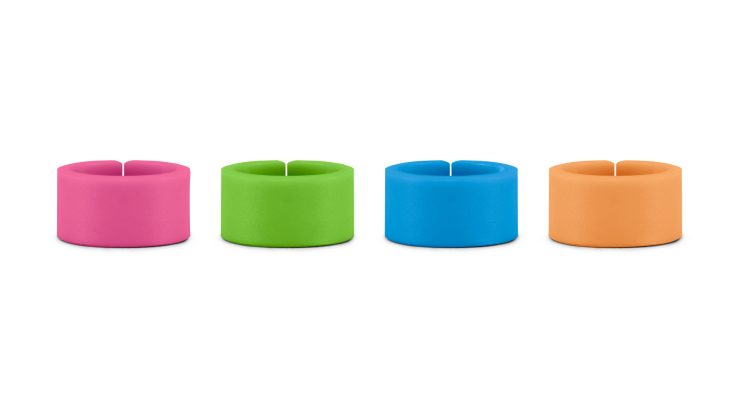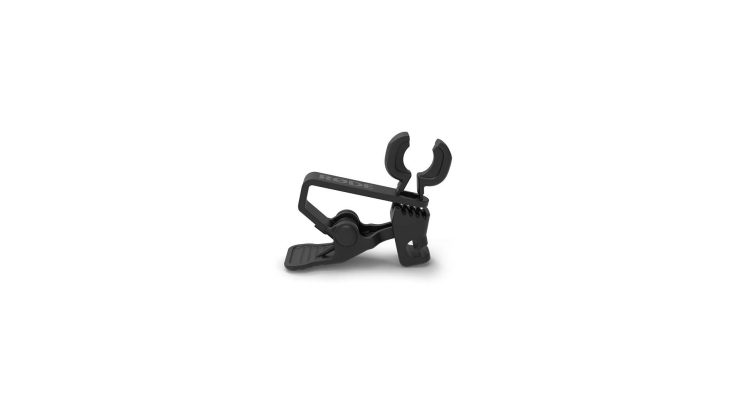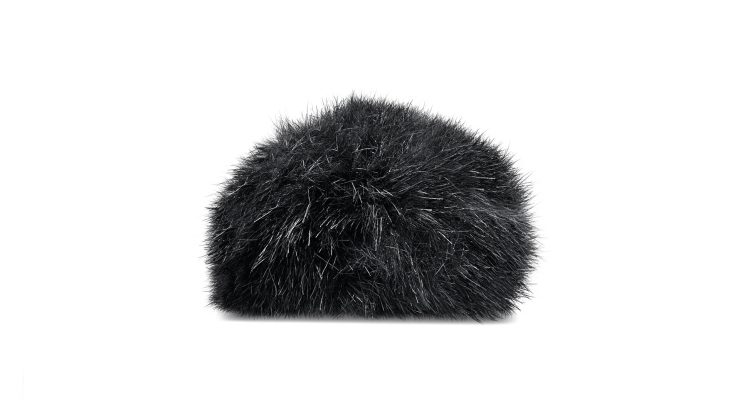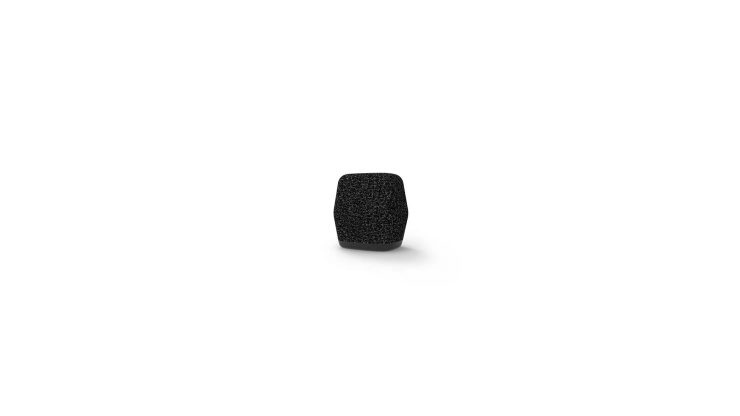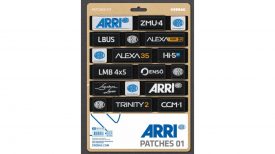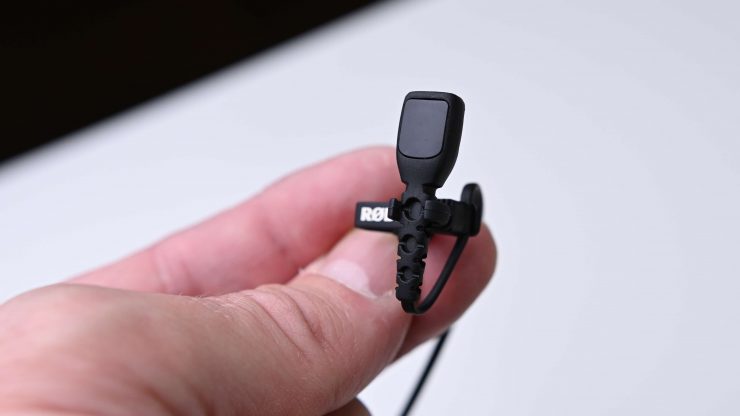
The RØDE Lavalier II is being presented as a premium lavalier microphone ideal for demanding audio and video applications. It features a new low-profile design and stated better sound quality.
Key features of LAVALIER II
- Premium lavalier microphone for high-quality audio capture in broadcast, filmmaking, and content creation applications
- Low-profile design and ultra-compact mounting clip – incredibly discreet and easy to conceal
- Broadcast-grade sound quality with flat frequency response and omnidirectional polar pattern
- 3.5mm TRS locking connector
- Premium accessory kit – includes a pop filter, mini furry windshield, mounting clip, colored ID rings, and zip case.
I am looking at the RØDE Lavalier II as a professional working in the film and television industry. My review is being done specifically to reflect how I would use a lavalier microphone. I understand there are many different users in the vast video production and creator space, so I hope my opinions in this review will be helpful.
Low-profile Design
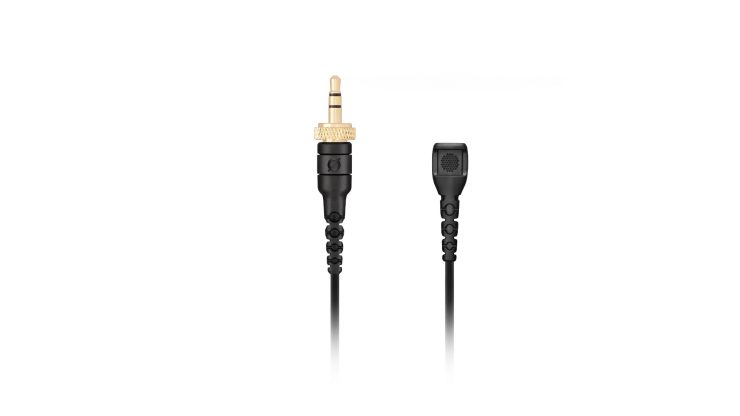

RØDE Lavalier II 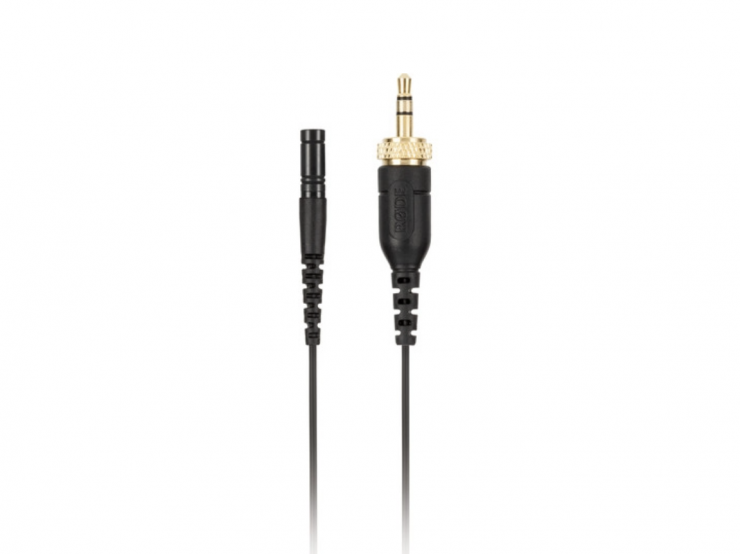
RØDELink Lavalier
One of my issues with the original RØDELink Lavalier microphone was that the microphone capsule was very large and difficult to conceal. It was also hard to make it work with industry-standard third-party accessories.
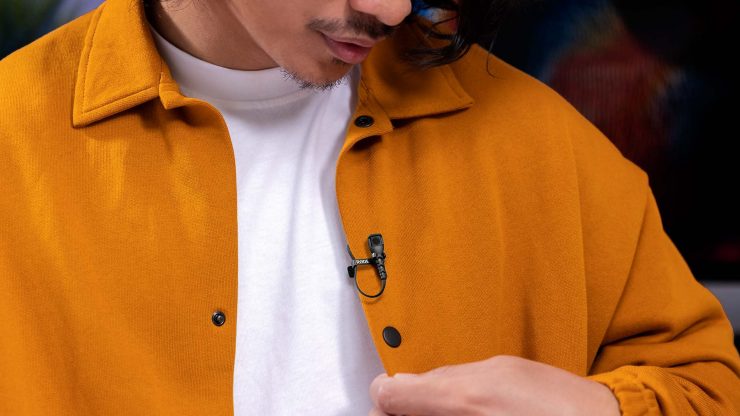
RØDE has gone back to the drawing board with the Lavalier II, and it now features a new low-profile design. RØDE states that it uses a new capsule technology and a unique form factor.
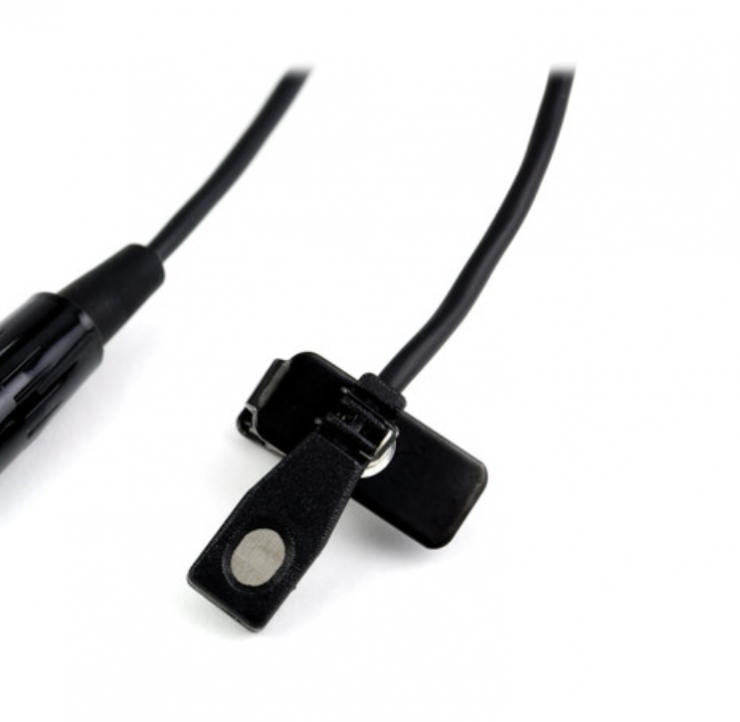
The form factor is new to RØDE lav mics. However, there have been plenty of lavalier microphones in the past that features a very similar design, such as the Lectrosonics M152/5P Omnidirectional Lavalier Microphone. and the Countryman EMW Omnidirectional Lavalier.
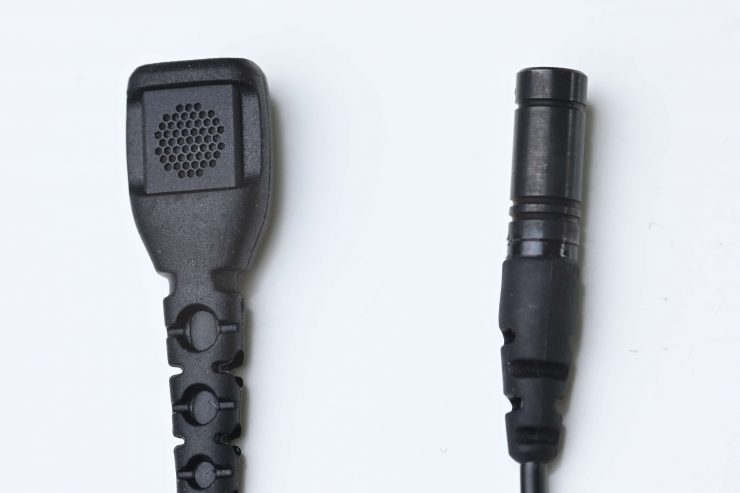
Above, you can see the new Lavalier II next to the older Lavalier.
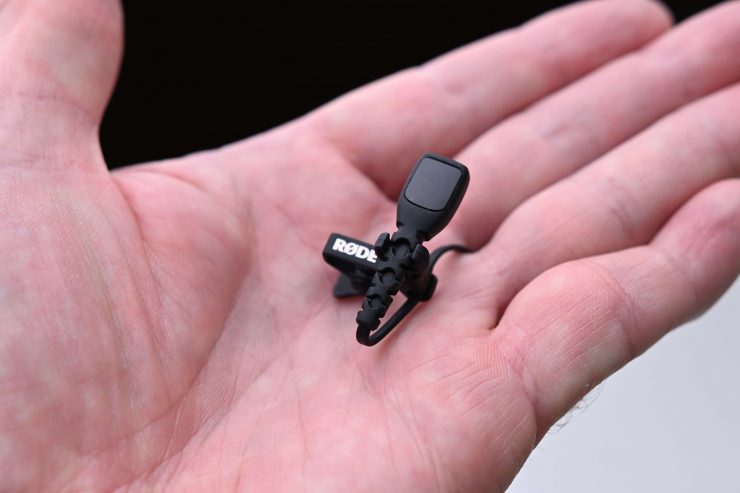
RØDE states this new form factor allows users to place the microphone flush against clothing and other mounting surfaces. The potential issue I see is that because the actual capsule is located on the front and not on top, concealing the microphone will probably mean you end up covering the capsule with clothing or skin. I will test this out later in the review.
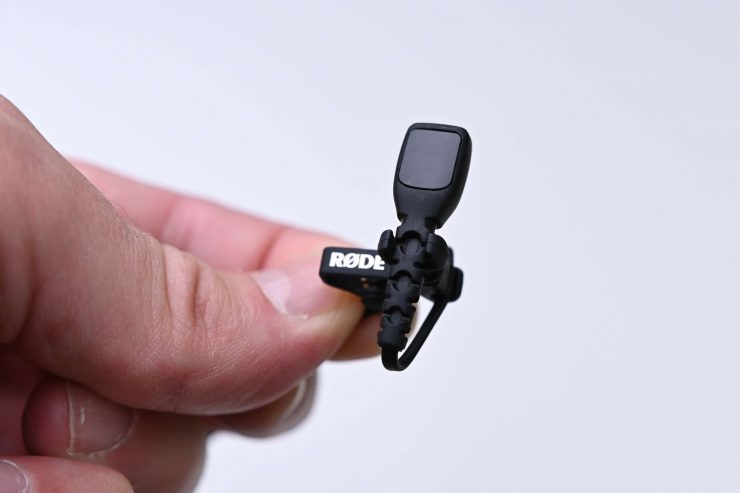
The Lavalier II has a new mounting clip that is a lot smaller than the original, as well as a flat cable.
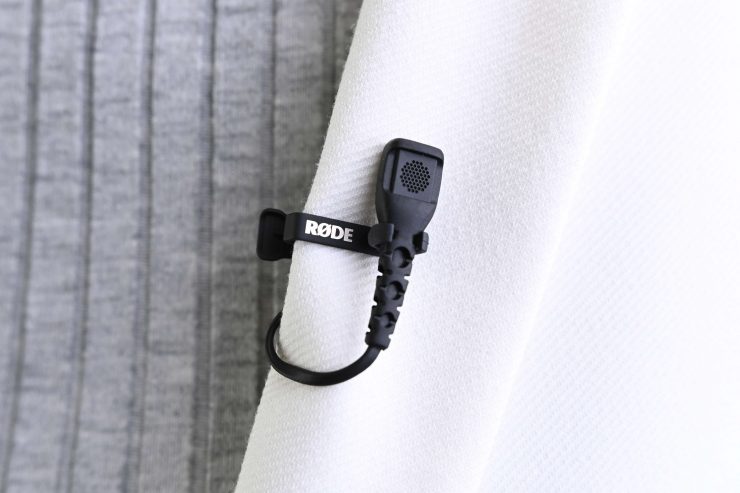
I am not sure why they put a very visible RØDE logo on the mic clip. There is no need to do this. Most professionals I know would not use a clip with a big branded logo on it. Yes, you could probably remove it with something like nail polish remover or put some black tape over the top of it, but you shouldn’t have to. Branding is important to companies, but I don’t want to see branding on a mic clip.
Better sound quality
The Lavalier II is stated to deliver broadcast-grade sound suitable for a range of recording applications. It is also claimed to have a very flat frequency response with low noise performance. It utilizes an omnidirectional polar pattern which is very common for lavalier microphones. I will test the sound quality later on in the review.
Can be used with a wide variety of devices
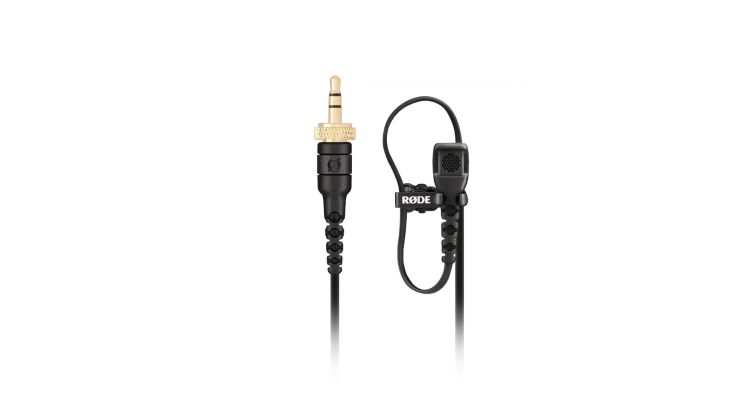
The Lavalier II can be used with a wide variety of audio devices, including the RØDE Wireless GO II and the newly released AI-Micro. It features a 3.5mm locking connector for use with professional wireless microphone systems.
Even though the new Lavalier II features a locking connector, you can still use it with the RØDE Wireless GO II. It can be used with a wide array of devices and is probably one of its biggest selling points.
Real World Use
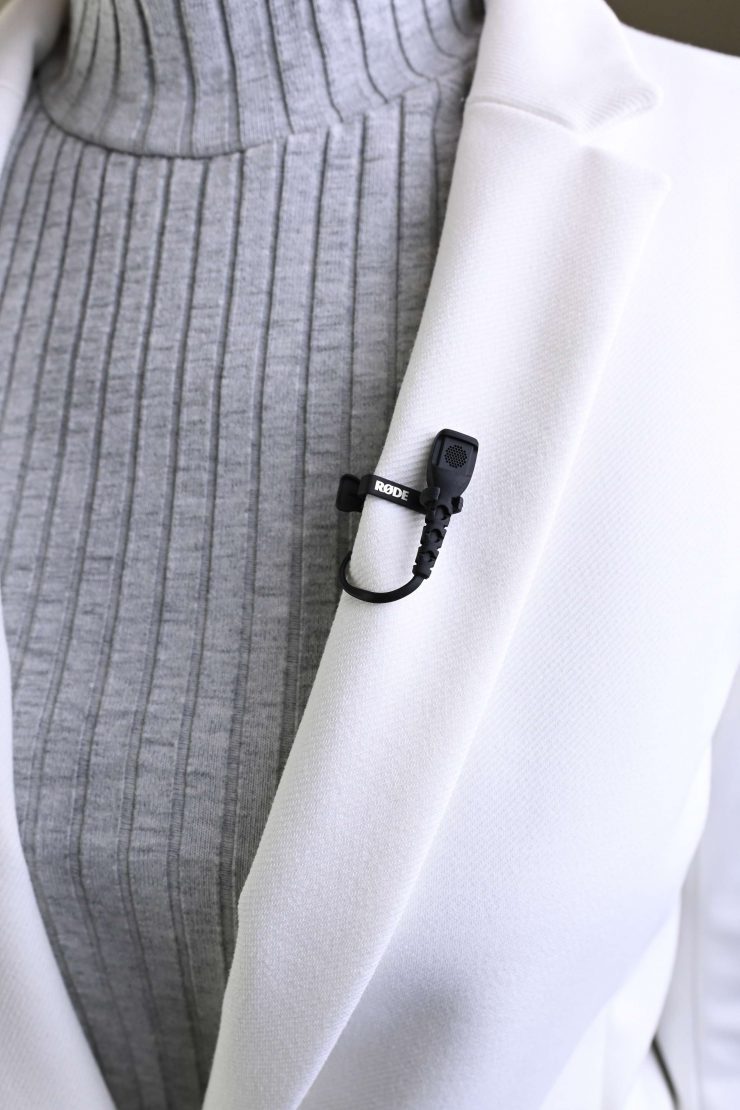
So how is the RØDE Lavalier II to use, and more importantly, is the sound quality good? Well, let’s find out.
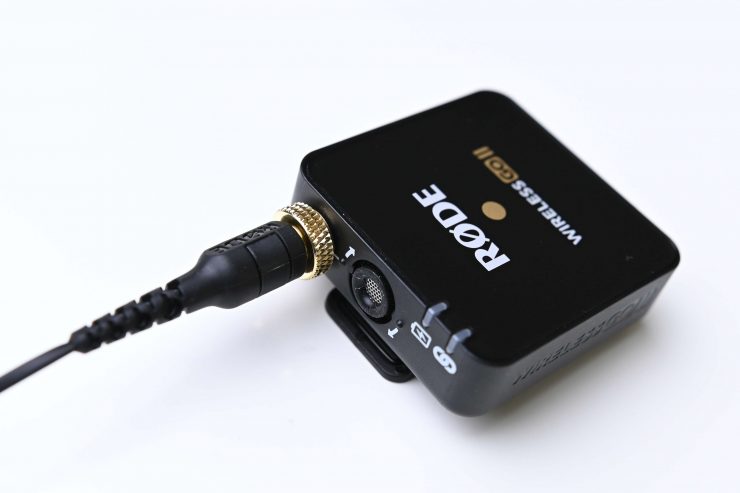
I wanted to test out how easily and securely the Lavalier II attaches to the RØDE Wireless GO II. Despite having a locking connector, the Lavalier II fits in easily to the mic input on the Wireless GO II. You can’t physically lock it in, but it does take a bit of effort to pull it out. I don’t think the connector is likely to come loose.
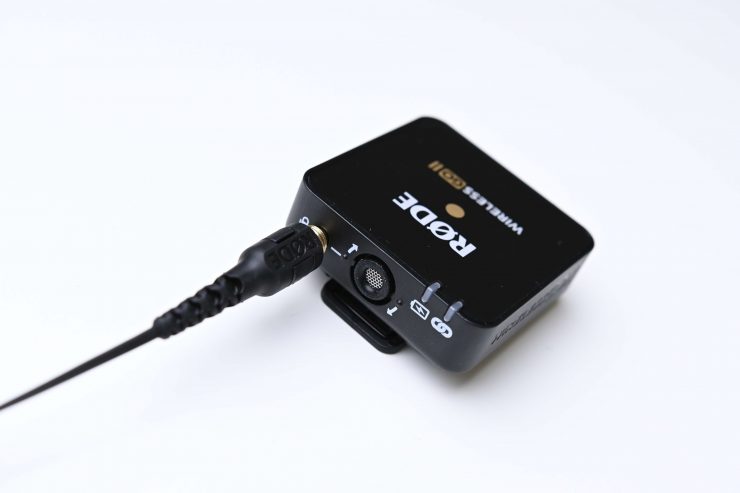
You can also remove the locking nut from the Lavalier II and plug it straight into the Wireless GO II if you prefer. This does provide a more secure connection.
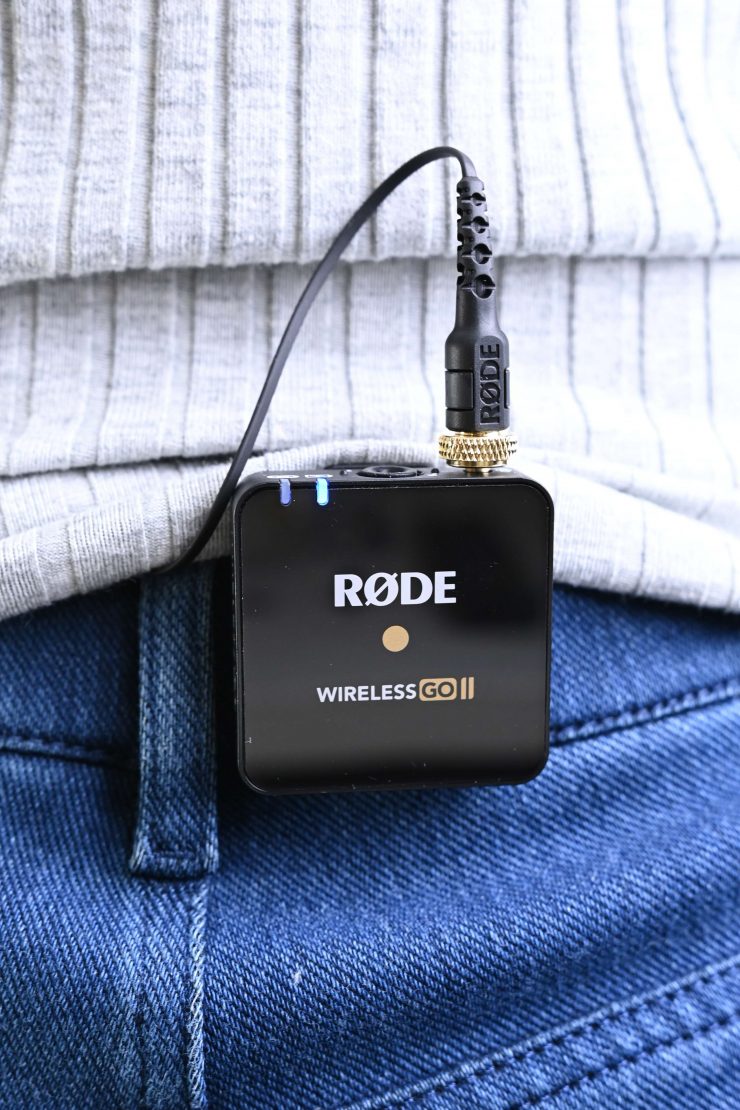

RØDE Lavalier II 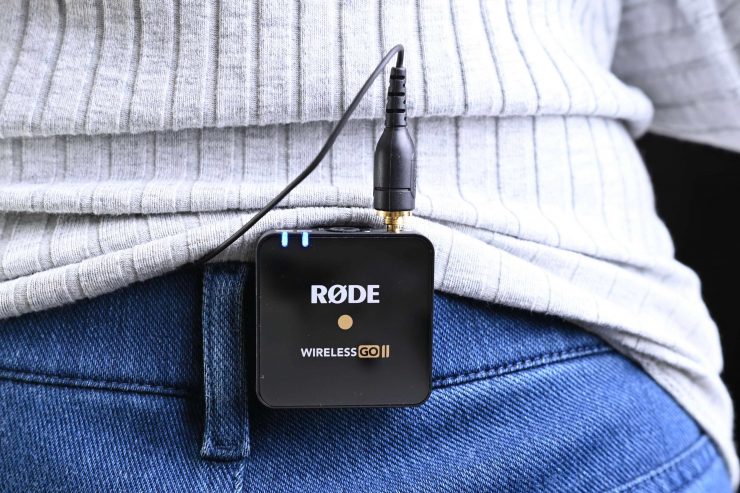
RØDE Lavalier 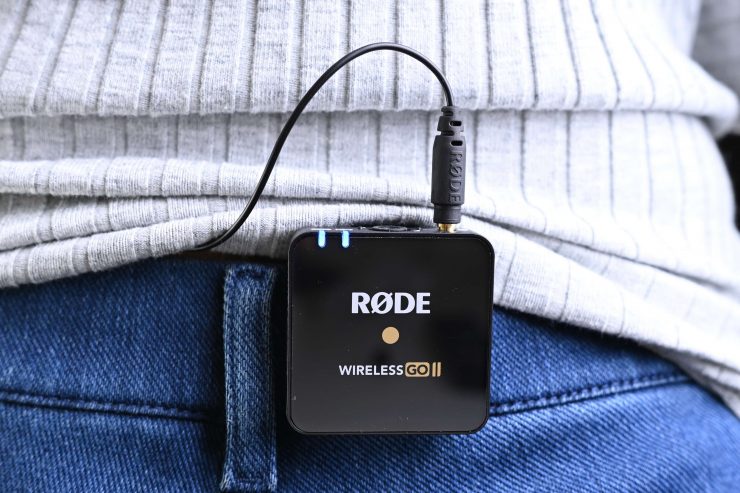
RØDE Lavalier GO
What I also like is that the physical height of the connector on the end of the Lavalier II is smaller than that of the original. This means it is easier to place on the back of someone’s belt or pants without having too much strain applied to the connector if someone sits down.
I would like a version with a right-angle connector as well, specifically for use with the Wireless GO II.
The Lavalier II Cable
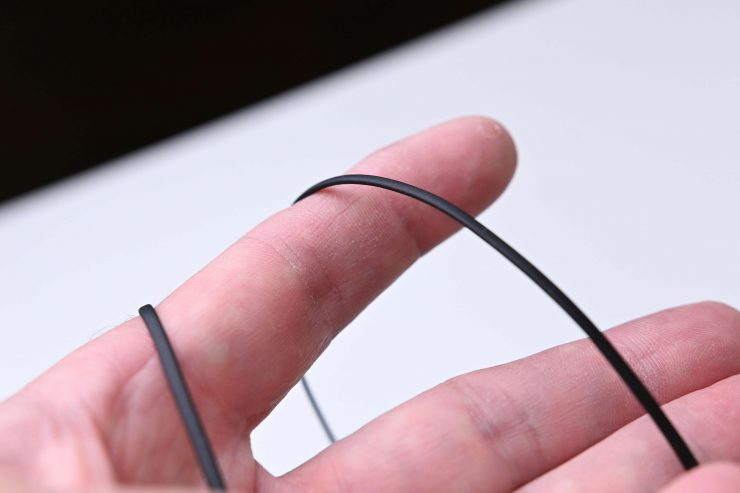
On the plus side, the cable is a lot thinner and lighter than the one used on the original Lavalier. This is undoubtedly a significant improvement.
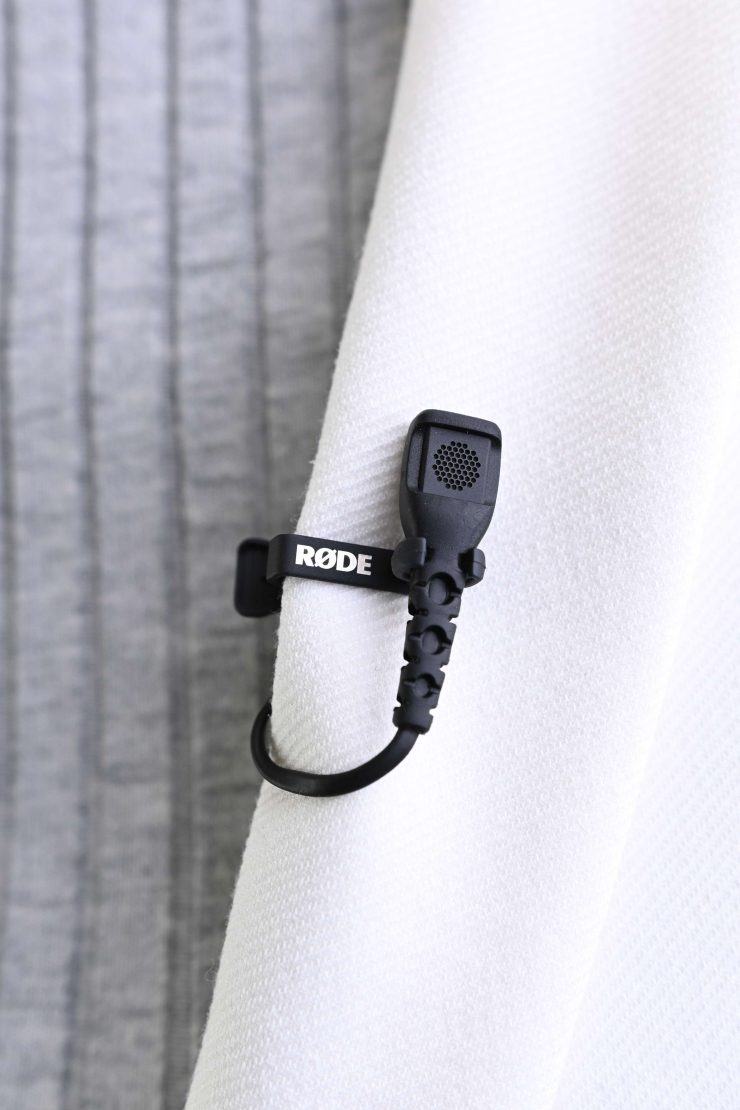
The mic clip is easy to use, and the design is a big improvement over the original. You can clip the cable in so that everything is neat and tidy.
Most professionals don’t want microphones seen, and they prefer to hide them if at all possible. So, how easy is it to conceal the Lavalier II?
The flat design of the Lavalier II does make it easier to conceal. However, you need to be aware of where the mic capsule is because it is directly on the front you have to be careful not to cover up the capsule when you are trying to hide the microphone. Depending on where you are trying to conceal the microphone, you can run into issues. In saying that, this applies to any lavalier microphone that you are trying to conceal.
I would have liked to have seen RØDE include some sort of device to help conceal the Lavalier II. A lot of third-party companies make specific concealment devices for particular microphones.
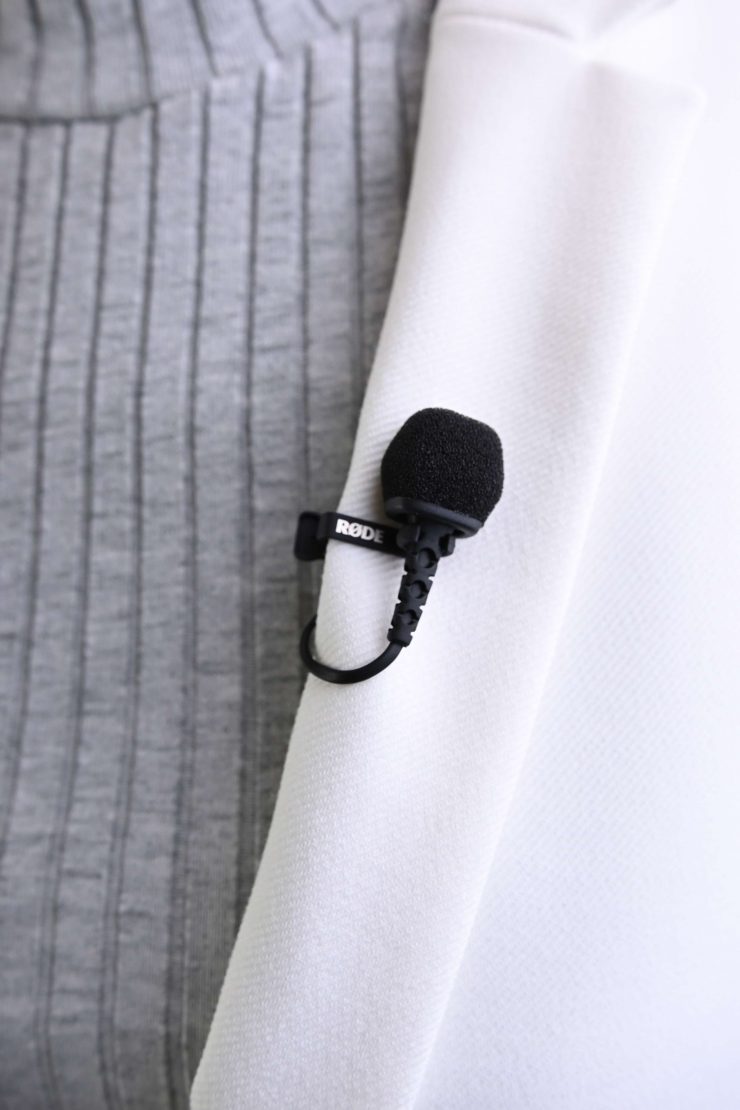
The included windsock is solidly made but a little on the large side. It does fit securely.
Now that we have looked at usability, let’s see how the microphone actually performs. I will compare it directly to the original RØDE Lavalier and the RØDE Lavalier GO.
Audio Tests
Above, you can listen to a test where I used various Lavalier microphones with the RØDE Wireless GO II system. I didn’t change the levels when recording, or in post, so you get an accurate baseline of how they compare. All the Lavalier microphones were placed in the same spot on the subject using their included mic clips. The tests were done in a normal room, similar to typical use.
From my testing, I found that the Lavalier II seems to be quite a bit more sensitive than the other two microphones. It certainly has more bass to it, but I think it picks up a little more of the room, possibly due to where the capsule is located. The original Lavalier has a different frequency response, and it is more tailored towards slightly higher frequencies. The Lavalier GO sounds pretty similar to the original Lavalier. What you prefer when it comes to the sound of a microphone can be a very personal preference. It is important to remember that you can alter the sound in post.
Hiding the Lavalier II in Clothing
You might want to conceal the lavalier microphone. This is a common practice when you don’t want to see a microphone. With this in mind, I did the same test as before, except the Lavalier microphones were placed in the same position underneath a t-shirt using Rycote Stickies. Please be aware that there are many ways to conceal microphones, and some methods work better than others depending on what Lavalier you are using and the clothing the talent is wearing. Again, I haven’t altered the recording level or changed it in post.
When concealed, the Lavalier II has a little more low end than the other two microphones, and I think it is picking up more of the room. I think this has a lot to do with its capsule placement and higher sensitivity. This is not necessarily a bad thing, but you should know it. It is also important to note that because the Lavalier II is more sensitive than the other two microphones, the amount of the room you are picking up won’t be as pronounced if you lowered the recording level down to match the other two microphones. I prefer a lavalier with a higher frequency response if I’m going to conceal it, as hiding a mic tends to lower the brightness due to the clothing.
While hiding a lav mic might not be a practice everyone does, it’s good to know how it performs if you want to use it in this manner.
I also did a test comparing the original Lavalier and the Lavalier II to see how the off-axis response was of both microphones.
I found that the off-axis response was certainly better using the Lavalier II. This makes it well suited to anyone demonstrating something where they need to constantly be turning their head.
Premium Accessory Kit
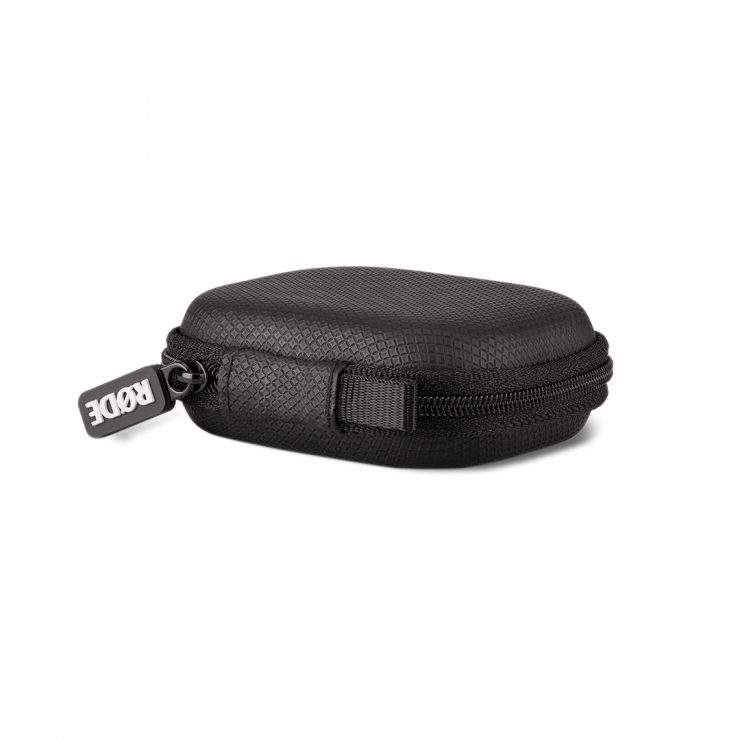
The Lavalier II comes with a premium accessory kit. This includes a high-quality pop filter and mini furry windshield. There is also a compact mounting clip (including easy cable management slots) and a set of colored identification rings to keep track of microphones in multi-camera situations.
Price & Availability
The RØDE Lavalier II retails for $99 USD.
Conclusion
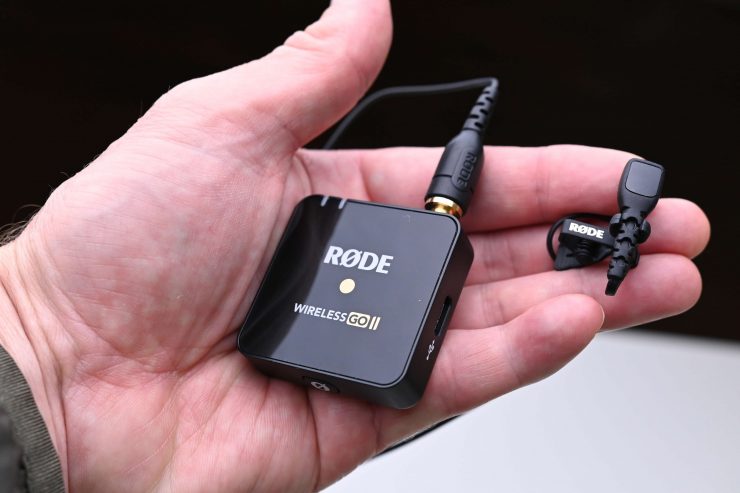
I think the RØDE Lavalier II is targeted at Vloggers and YouTubers who don’t need to hide microphones and predominantly work in controlled environments. It is also being targeted specifically at users of products such as the Wireless GO II.
While I think RØDE has made some good changes with the RØDE Lavalier II, it may not be a product that is suitable for some professionals that want to hide a Lavalier microphone, and because of the capsule placement on the Lavalier II, this can be problematic depending on where you are trying to hide it. Yes, the Lavalier II is much easier to hide than previous RØDE Lavalier microphones. You need to be careful of how you conceal it.
The branding on the mic clip will be an issue for some users. There is more than just sound quality to consider when choosing a Lavalier microphone.
The Lavalier II is going to work well for a certain type of user and it allows for a lot of flexibility because you can use it with a wide array of different devices. If you own a RØDE Wireless GO II system, this microphone will be a great option at a good price point.
Microphones and lav mics are a personal preference, and the RØDE Lavalier II has an excellent off-axis response. It is a little more sensitive than other RØDE Lavalier microphones. The RØDE Lavalier II is a solid offering in the sub $100 USD microphone category.

